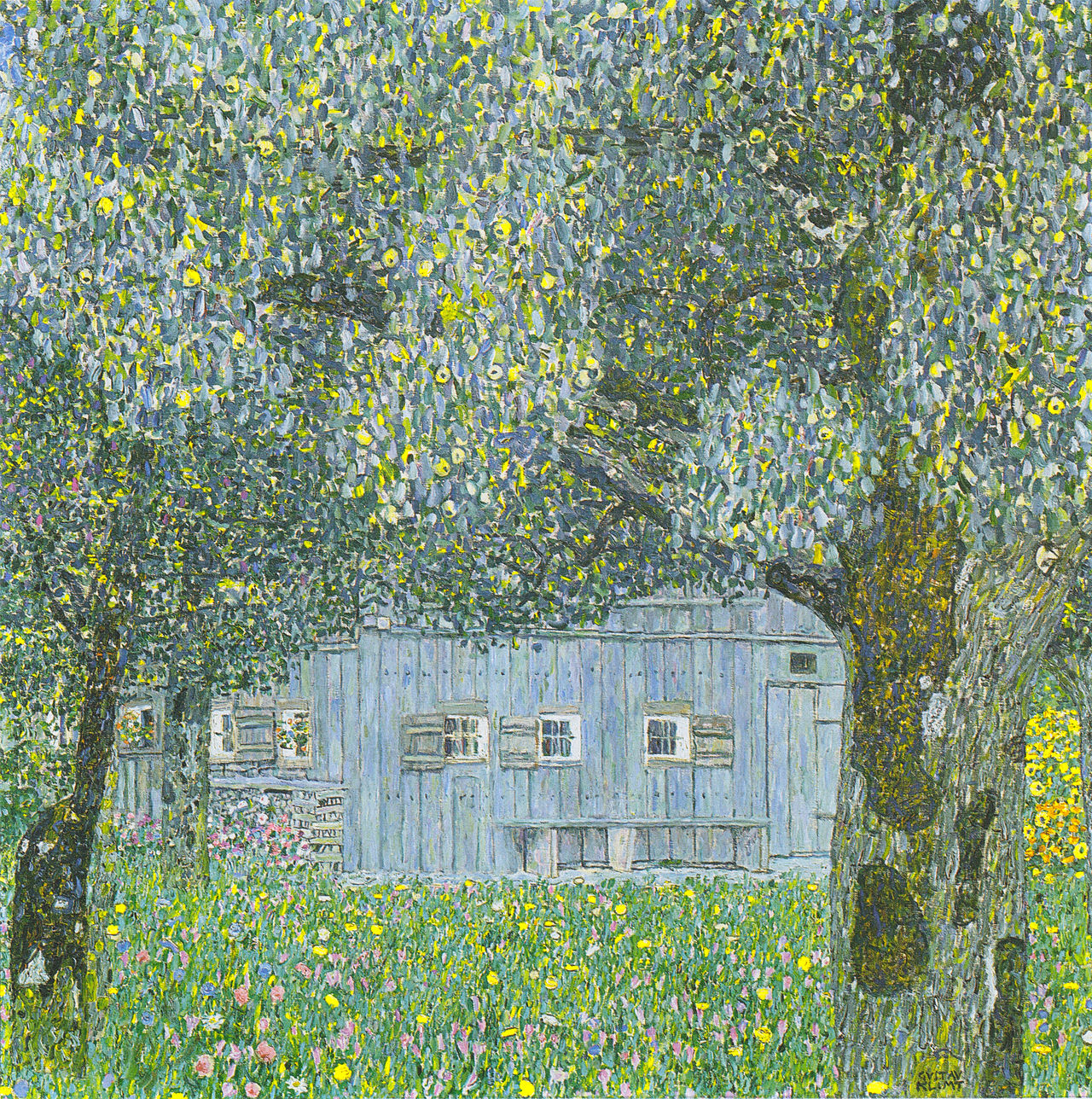—Nina Pierpont, MD, PhD
A friend of mine was featured in the New York Times on October 8 and 10, 2006, in an arresting article called “An Elephant Crackup?” An ecologist and psychologist, Gay Bradshaw has joined with elephant researchers, psychiatrists, and a neuroscientist to show why elephants are becoming violent—and, in the process, to shed some light on human violence.
In an article she wrote in 2005 (Nature, Vol. 433, p. 807) Bradshaw describes how elephants in many parts of Africa and Asia have become aggressive towards each other, other animals, and people. Several adolescent, 10-year-old elephants in one South African park went on a rampage and killed over 100 rhinoceroses, ten years after they witnessed their parents shot (culled) and were themselves moved elsewhere. At another South African park, 90% of male elephant deaths are now caused by other male elephants, compared to 6% in stable communities. In Uganda and other parts of Africa, and parts of India and Southeast Asia, elephants have been striking out from their remaining patches of natural habitat against villages, crops, and human beings.
Elephants are long-lived (70 years is typical) and highly social, and their memories are proverbial. If an elephant society is intact, young elephants are raised in extended family networks of mother and older female relatives. Young elephants rarely stray more than 15 feet from their mothers before the age of 8. After this, young females are incorporated into the network of older females, and adolescent males leave the birth family to participate for a time in older all-male groups, before returning as mature males. Bradshaw and co-author Allan Schore remark how this period for the young male elephant coincides “with a second major stage of brain reorganization identified in humans.”
The first such stage, in both humans and elephants, occurs in infancy and early childhood. Under normal conditions, attuned and attached interactions between the mother and infant help self-regulatory structures in the brain’s right hemisphere to grow. Under conditions of stress, in contrast, the neurons or brain cells grow differently, make different connections with other cells, and have a different balance of neurotransmitters or chemistry. “Stress” here means extreme stress, such as that caused by separation from the mother, neglect, deprivation, violence to the child, or exposure to violence. The child with such experiences will be more vulnerable to post-traumatic stress disorder (PTSD) and have a greater tendency towards violence in adulthood. He or she may struggle in the future with depression, suicide, or poor behavior patterns, and pass such problems on to children and families. Early experiences can create enduring legacies in the brain.
Elephants in Africa have declined from 10 million to half a million over the last century, decimated by poaching, culling, and encroachment of humans on their habitat. Social networks are fragmented. Especially harmful has been the disappearance of networks of older females for raising the young and older males for successful socialization of the younger males. “The critical role of older males in normal social development was clearly demonstrated when researchers re-introduced older bulls to quell the young males’ violence,” Bradshaw writes. Hyper-aggression and abnormal early sexual activity and hormonal cycles both stopped.
Bradshaw applies to elephants principals of psychology and brain development which were discovered in people. What is illuminating is the way the elephants reflect back to us our human needs, and suggest ways in which we might do things better. (1) Many young children need to regulate their emotions and feelings by interacting with the people they are attached to, and are not ready to be independent by the time they start school. They don’t learn as well from adults they don’t know and aren’t attached to, even with coherent sets of rules or rewards and punishments. (2) Boys are more likely than girls to be like this. Male brains develop more slowly than female among mammals in general, and people are no exception. Boys may need to stay longer in the nest of relationships with mother and family and start formal learning later. (3) Networks of older relatives may serve to stabilize the disrupted child-rearing of young, inexperienced mothers, or of mothers and fathers who were traumatized themselves as children. (4) At adolescence boys may benefit profoundly from a stage of learning and socialization with adult men, as opposed to groups dominated by women or by other teens.
Fundamental biological traits of our species are emerging in research. These offer novel ideas for redesigning our social arrangements to solve some of childhood’s common problems.
